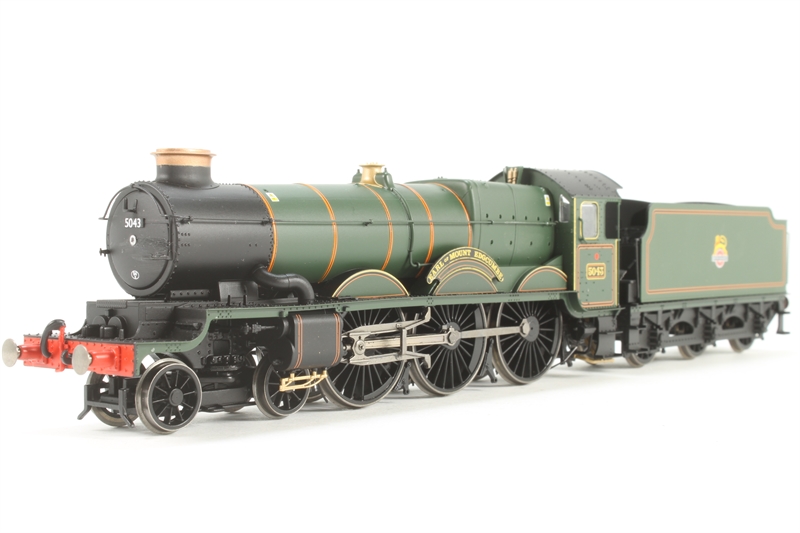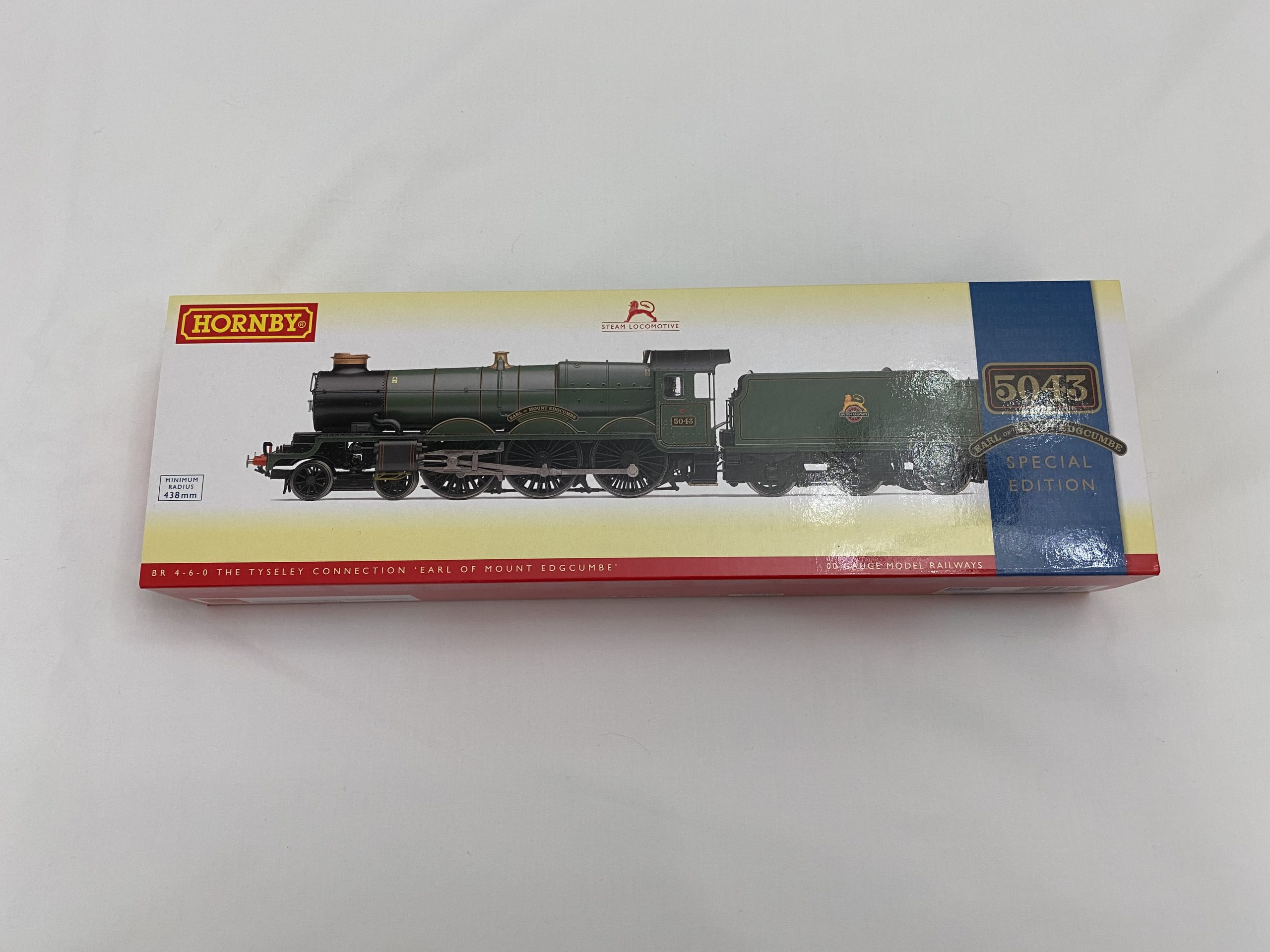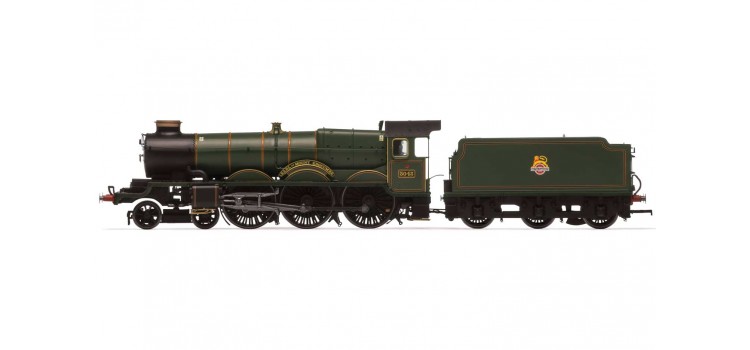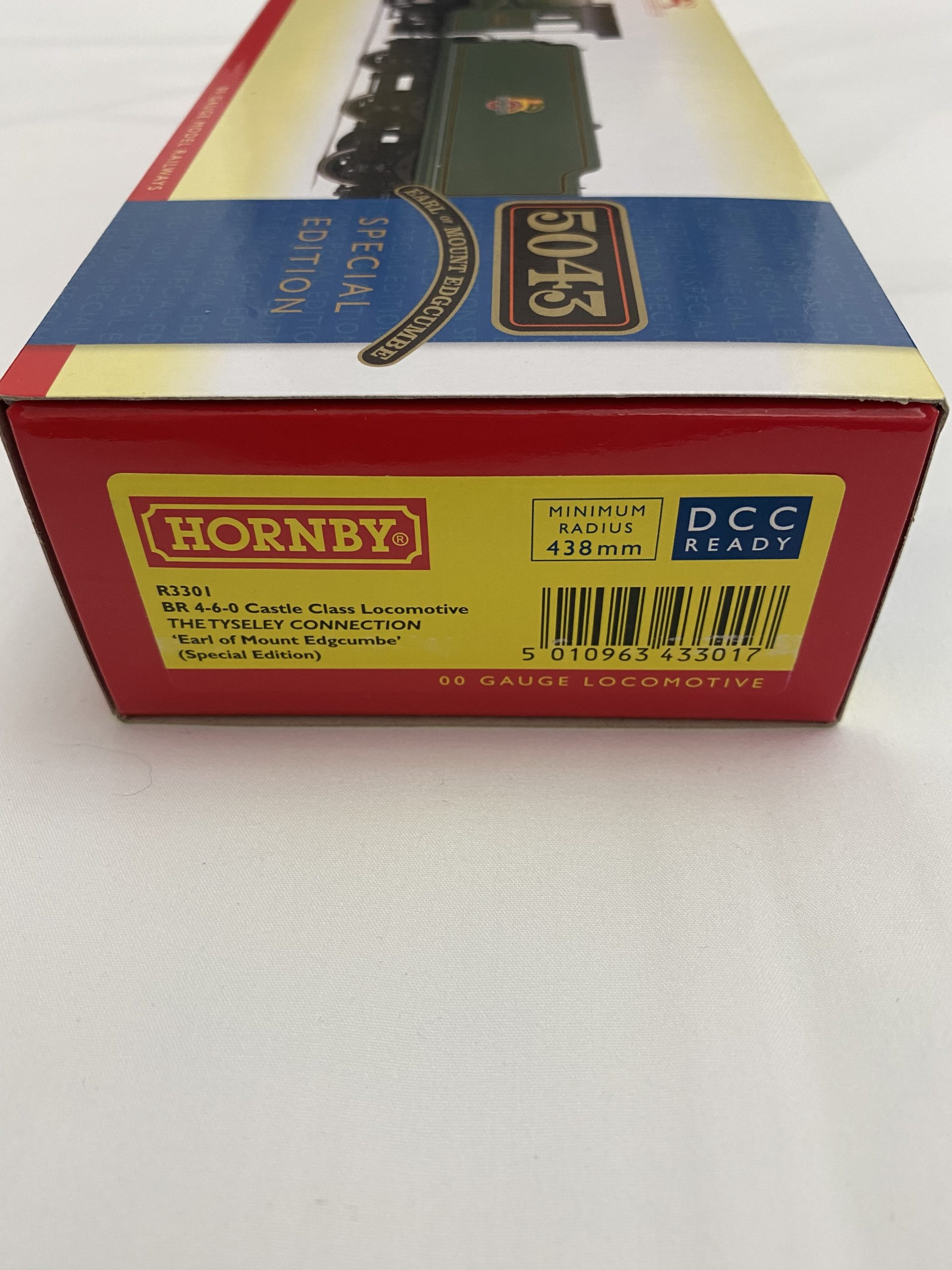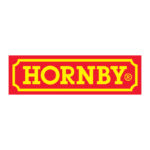You are here:
Hornby R3301 Earl of Mount Edgcumbe Castle Class
Hornby R3301 Earl of Mount Edgcumbe Castle Class Special Edition DCC Ready
Out of stock
Description
Hornby R3301 Earl of Mount Edgcumbe Castle Class Special Edition DCC Ready
GWR 4073 Class or Castle Class
The 4073 Class or Castle class were 4-6-0 steam locomotives of the Great Western Railway, built between 1923 and 1950. They were designed by the railway’s Chief Mechanical Engineer, Charles Collett, for working the company’s express passenger trains. They could reach speeds of up to 100 mph (161 km/h).
Background
The origins of this highly successful design date back to the Star Class of 1907 which introduced the basic 4-cylinder 4-6-0 layout with long-travel valves and Belpaire firebox that was to become characteristic of GWR express passenger locomotives. The Star class was designed to take the top express trains on the GWR, with 61 in service by 1914, but after World War 1 there was a need for an improved design. To meet this need, Chief Mechanical Engineer GJ Churchward had in mind an enlarged Star class design with a standard No.7 boiler, as fitted to his GWR 4700 Class express freight 2-8-0. However, this combination would have taken the axle load over the 20-ton limit then set by the civil engineers, and in the end, nothing came of the idea.
Design
C. B. Collett succeeded Churchward as Chief Mechanical Engineer of the GWR in 1922 and immediately set about meeting the need for a new locomotive design that would both supplement the Stars and replace them on the heaviest expresses. Collett’s solution was to take the basic layout of the Star with an extended frame and add a newly designed No.8 boiler which was both larger and lighter. The increased amount of steam that this produced allowing an increase in the cylinder diameter from 15 in ? 26 in (381 mm ? 660 mm) to 16 in ? 26 in (406 mm ? 660 mm). The extended frame allowed for a side window cab and an increased grate area. The result was an increase in the tractive effort to 31,625 lb and a locomotive that looked attractive and well proportioned while remaining within the 20-ton axle limit.
Production
Unlike the Star class, there was no prototype. Collett was sufficiently confident of the design to place an order with Swindon railway works (Lot 224) for ten locomotives in 1923, although there was a four-month delay between the appearance of the first example in August 1923 and the second in December, to allow for the correction of any teething problems. Thereafter the remaining eight locomotives came out at regular intervals until April 1924. They were 4073-4082, the number series continuing unbroken from the Star class. The last 12 Star class locomotives, which were built in 1922-23, had been given names of abbeys in the western area served by the GWR. The new locomotives were named after castles, also in the west, beginning with ‘Caerphilly Castle’.
Over the twenty-seven years from August 1923 to August 1950, 155 Castles were built new at Swindon Works, and a further sixteen were converted from other classes. In February 1952, two engines, 4082 Windsor Castle and 7013 Bristol Castle swapped names and numbers: 7013 was disguised as 4082 to run George VI’s funeral train and the numbers were never swapped back. 4082 was withdrawn from service in 1964 as 7013 and 7013 was withdrawn from service as 4082 in 1965.
Model Specification
OO Gauge 1:76 Scale Castle Class 4-6-0 4086 “Earl of Mount Edgcumbe” in GWR Green DCC Ready
Era 3 The Big Four – LMS GWR LNER & SR: 1923-1947
Between the years of 1923 and 1950, there were no fewer than 171 Castle Class locomotives built at the GWR Swindon Works with all but 16 of these being new builds.
At the time the Castles were hailed as the most powerful locomotives on any British railway with the GWR displaying the Class prototype, “Caerphilly Castle” at the 1924 British Empire Exhibition. The locomotive’s ability to sustain high speeds and remain economical was enviable. The “Castles” soon earned a reputation for excellence and reliability, setting a record in 1932 for a 77-mile journey between Swindon and Paddington at an average speed of 81.68 mph. At the time this represented the World Record for steam traction.
Withdrawal commenced in the very early 1950s and by December 1965 all of the Class had been ‘retired’. Although all Castle Class locomotives were scheduled to be scrapped there were eight that survived including “Earl of Mount Edgcumbe”.
Originally named “Barbury Castle” GWR locomotive 5043, first left the Swindon Works in March 1936, however, 5043 was renamed in September 1937, “Earl of Mount Edgcumbe” after a GWR Director. Having being on shed at London’s Old Oak Common and finally Cardiff Docks the locomotive was finally withdrawn from service in December 1963. The locomotive was rescued from the Woodham Brothers scrapyard, Barry, South Wales in 1973 and stored at the Tyseley Locomotive Works. In October 2008 “Earl of Mount Edgcumbe” eventually moved once more under its own steam after a thorough rebuild.
Locomotive BR 5043, “Earl of Mount Edgcumbe” is now a key member of the Vintage Trains stable of locomotives and can be seen hauling many of the special named trains and charters operated by that company. On 10th May 2014, this venerable locomotive set a new point to point time record for steam traction between Plymouth and Bristol and so has become a record-breaker in its own right.
Additional information
| Weight | 1000 g |
|---|---|
| Brand | Hornby |
| Condition | New |
| Scale | OO/HO Gauge |
Related Products
Related products
-
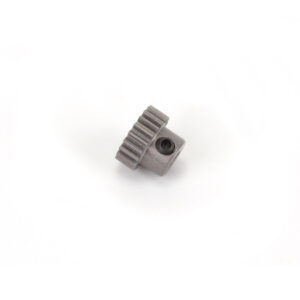
Schumacher U3425 PINION HARD ALLOY 48DP – 25T
£3.99Out of stock

